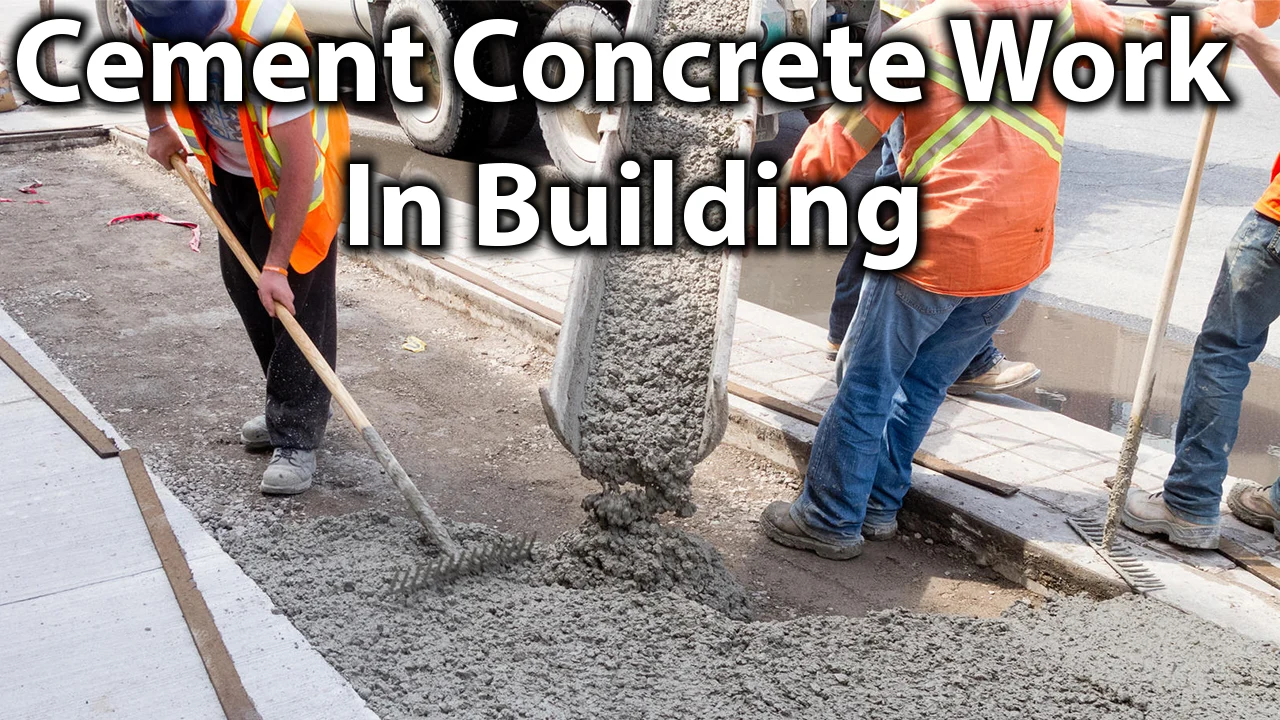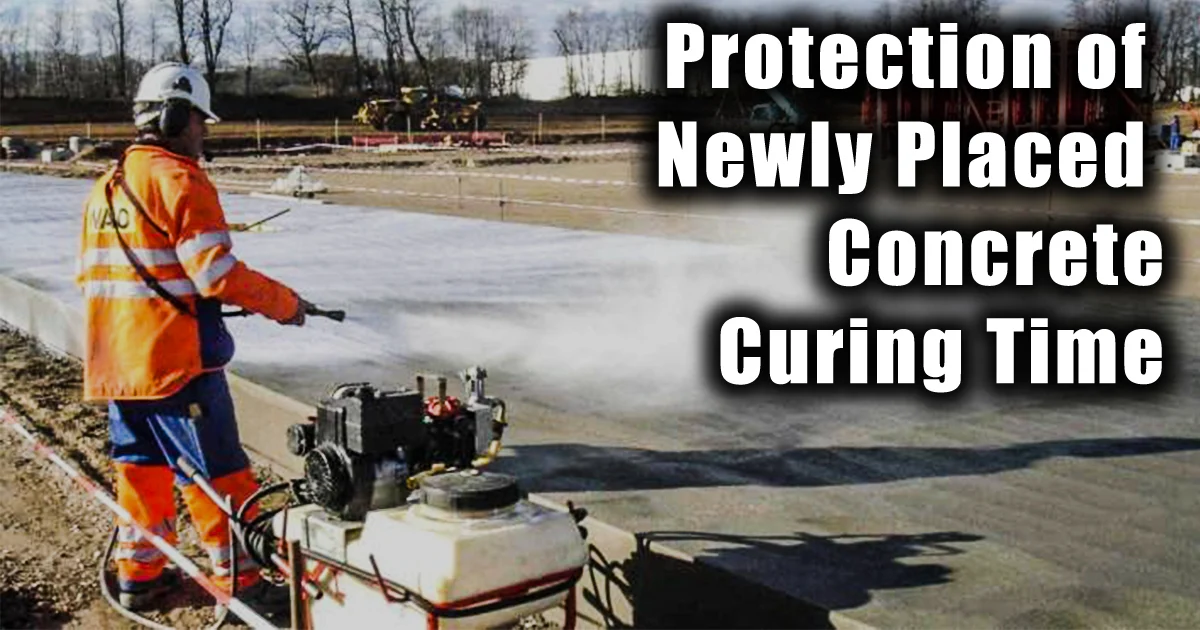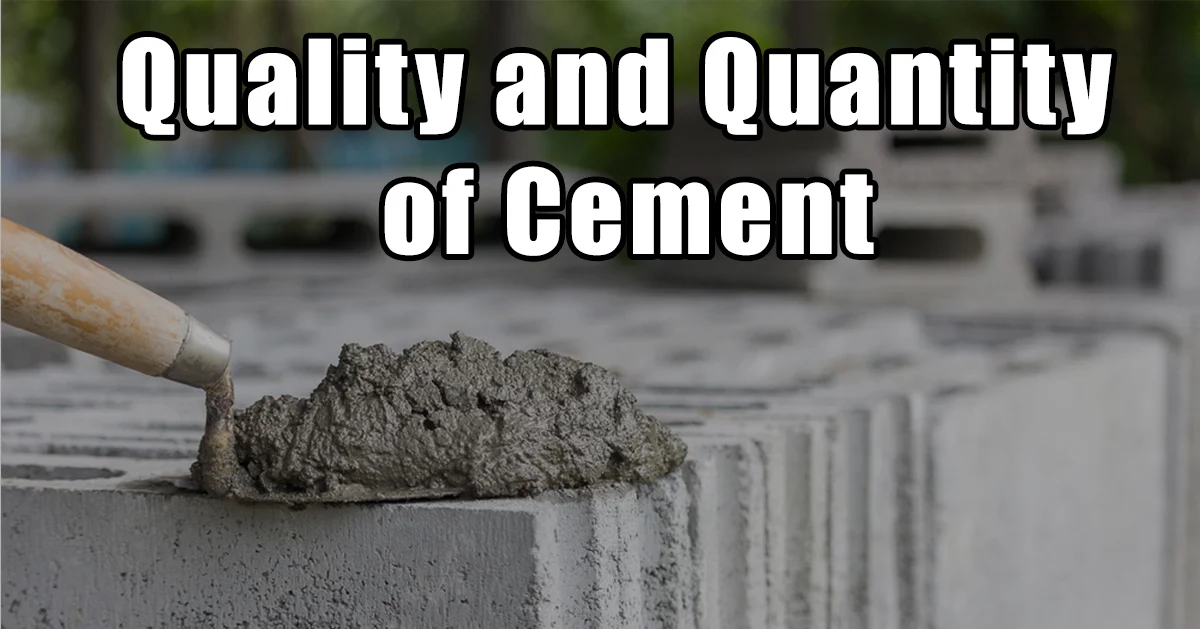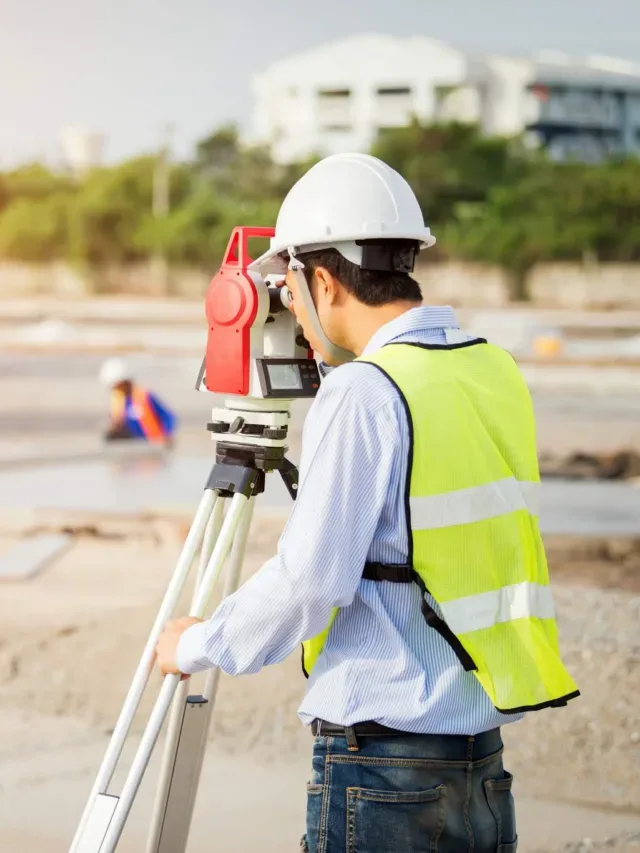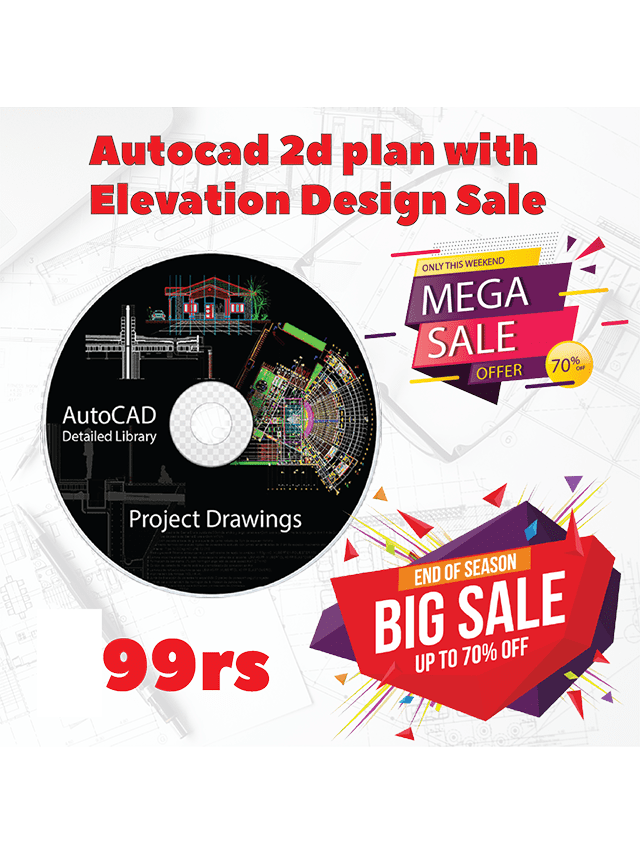Why are Steel Rods used in Concrete Reinforcement?

Why are Steel Rods used in Concrete Reinforcement?
Everyone knows that concrete is damn good in compression while steel is great in tension. Steel is also good in compression but because it has very high strength, the cross section generally becomes small and the smaller the cross section the more are the chances of buckling, while concrete on the other hand has low strength so we require larger cross sections and in doing so we overcome the buckling effects.
The fact which makes it possible to combine steel and concrete is that concrete contracts on setting in the air and if a steel rod is embedded in a mass of wet concrete, it will be found that considerable force is necessary to pull out when the concrete is set. If the steel section is in the form of a plate, although it will resist removal when the concrete is set, yet it can be knocked off by sharp blows.
In the first case, the concrete grips the still, while in the second it only adheres. The grip depends upon the strength of concrete used in the work as well as the perfection with which the concrete has been mixed, placed in position, compacted and cured. Besides this, the grip also depends upon the condition of the surface of the rod (whether it is smooth or rough). Specially shaped bars (ribbed bars etc.) have therefore been introduced from time to time with the object of increasing the grip.
It is on account of the similar coefficient of expansion of the two materials, the superior bond value of high tensile strength and less cost of steel that’s why steel rods are used in reinforcement in R.C.C work.
Mainly because of the following reasons:
1) The coefficient of thermal expansion of concrete is almost similar to that of steel, eliminating large internal stresses due to differences in thermal expansion or contraction.
2) Cement paste in concrete conforms to the surface of steel after it gets hardened, permitting any stress to be transmitted efficiently between the two materials. Moreover, steel bars are roughened or corrugated to further improve the bond or cohesion between the concrete and steel.
3) The alkali chemical reaction in the hardened cement paste forms a passivating layer on the steel surface to make it much resistant to corrosion.
However, to give optimum results, reinforcement needs to have the following properties at least:
• Bond with concrete
• High relative strength
• Ductility
• Resistance against corrosion.


